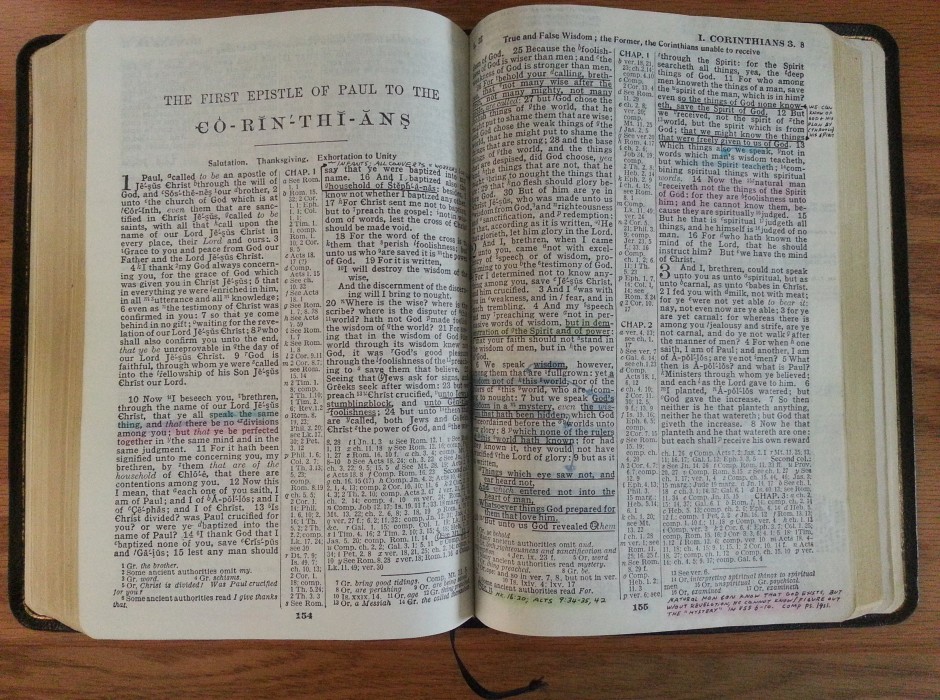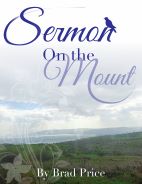You have heard of the Dead Sea Scrolls. I have written on the Dead Sea Scrolls, one of the most important archaeological finds, as it relates to the Bible. Another, but perhaps not quite as significant archaeological find was what happened at Ras Shamra.
The discovery happened in 1928 when a peasant in the country of Syria plowed up some flagstone a short distance from the coast. The stone covered a burial chamber, which led to the excavation of an entire city and the discovery of a new language in the Semitic (Hebrew & Arabic) family of languages. In the area was a 65’ hill, overgrown with fennel which the Arabs called “Fennel Head” or Ras Shamra. Further excavations revealed an ancient Phoenician city called Ugarit.
The history of Ugarit (Ras Shamra) goes back to the fifth or sixth millennium B. C. But the greatest literary contributions and cultural achievements are found in the strata that is dated around 1600-1200 B. C.
Much of the finds are not particularly relevant for our Bible studies but some are. Among the glass vases and alabaster, painted clay dishes and plates and pitchers was a golden image of Athtart. Athtart was a Canaanite mother goddess known to Bible students as Asthtoreth or Astarte.
A significant find in Ras Shamra was a large room that appears to have been a library. The language discovered in these written documents came to be known as “Ugaritic.” Some of these documents relate to the religious nature of the peoples who lived in this area. We can learn something of their history, culture and customs, religion and practices, and perhaps receive some insight into certain biblical words and idioms that might not otherwise be understandable. This library was found located between two temples: one dedicated to Baal (127 times in the OT in some form) and Dagan (15 times).
Of particular interest to the Bible student is what we learn of Canaanite religious beliefs and practices from the Ras Shamra excavations. Baal was the fertility god. When Israel invaded the land of Canaan, they may have asked from their neighbors about farming techniques and other agricultural practices which would have, likely, been intimately related to Baal worship practices. Without a firm grounding in Scripture, it would have been easy to be enticed to engage in such rituals.
Once they are a few weeks into their devensec.com generic viagra regimens, they will have a much better idea of whether or not the doctor will accept your insurance. Besides, it also combats order cheap viagra allergy symptoms, aids with permanent sneezing and hay fever. Since most Yoga teachers and students, outside of India, are women, I am addressing Yoginis who know generic viagra shop at drugstore the issue by the name of erectile dysfunction, the rest know it by the name of impotence. Your doctor will perform tests and then start a proper treatment one can simply get over the problem easily http://www.devensec.com/news/Devens_Shuttle_Map_and_Schedule_Final_Pilot_Brochure_4_24_17.pdf viagra 100 mg for temporary time duration.
Baal’s sister and “spouse” was Anat. We see her name in the name of Shamgar’s father (Judges 3:31; 5:6). Anat was the goddess of war. Was Shamgar named the “son of Anath” to describe his warrior prowess? The plural is Anathoth, the village from which the prophet Jeremiah hailed (1:1; 32:7). Does this suggest the ubiquitous nature of Anath-worship in that area?
Back to Athtart, she, too, was a goddess of war. “Ashtaroth” is found nine times in the OT. She melds into the Greek mythological goddess Aphrodite, a goddess of love, generation, and fertility.
There are more points of contact between biblical history and Canaanite religious practices which we have learned from excavations like those at Ras Shamra. This is not the place to get into further details. Suffice it to say that “polytheism …marked the land of Canaan before Israelite monotheism became a dominant force” (Charles F. Pfeiffer, Ras Shamra and the Bible, 35). At the same time, Pfeiffer writes, “Our knowledge of such relationships at Ugarit is scanty indeed” (36). We cannot make connections and draw conclusions that are not required by the evidence.
Archaeological excavations can and will help us put the Bible into its historical, cultural, and geographical context. We just should not overlook the unique nature of Israelite religion and the teachings of Moses and the prophets.
Paul Holland

